Spring is a great time to be on the lookout for butterflies around Adelaide and who doesn’t love spotting these delicate critters fluttering through their garden? Here’s 7 you might spot.
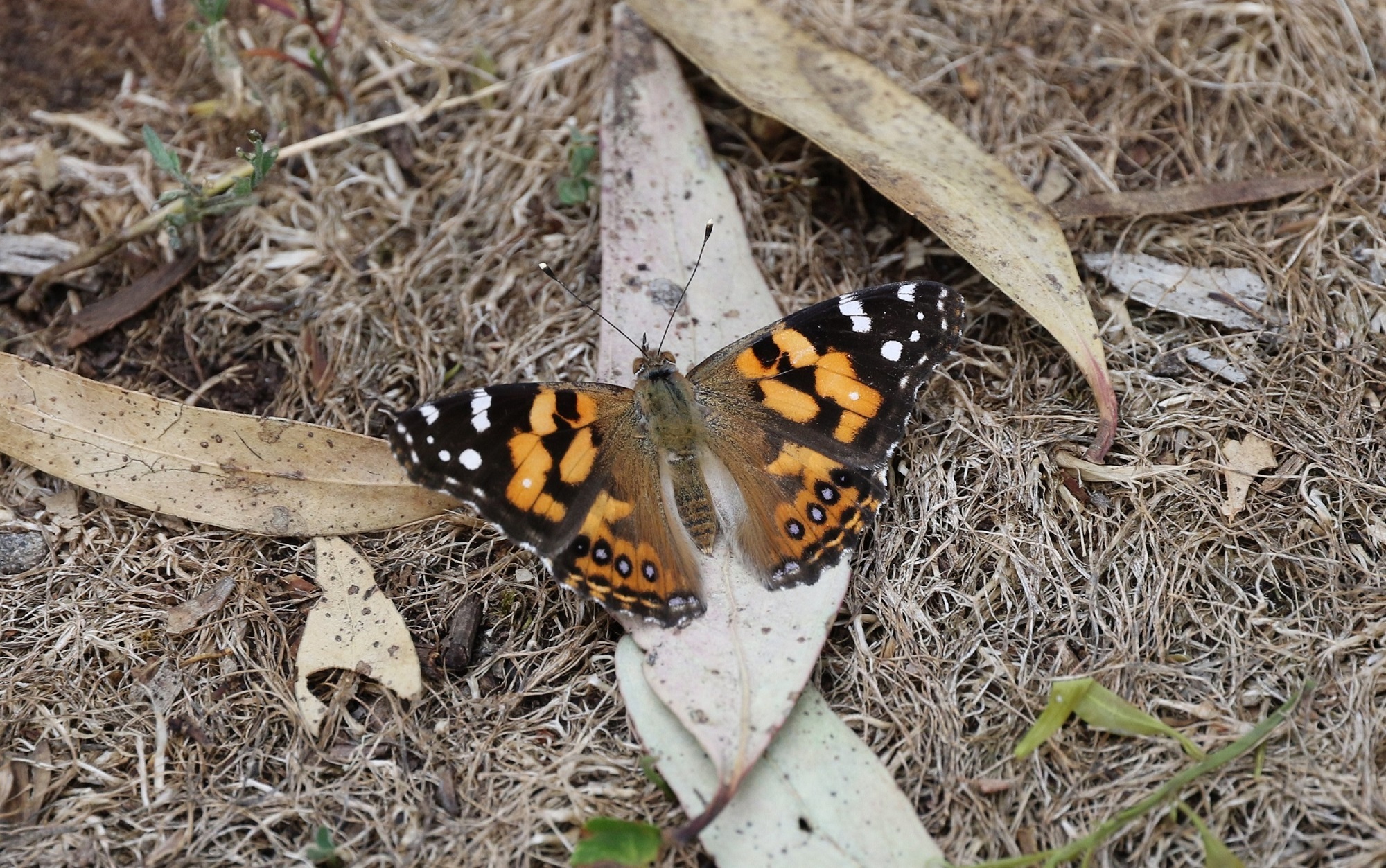
Because of the caterpillar-to-butterfly lifecycle, there are only certain times of the year that you’re likely to see butterflies flying around – known as being ‘on the wing'. Spring is one of those times.
While spotting a caterpillar is great news too – because it means you might see a butterfly down the track – it might not produce the same level of joy. So, here’s 7 species that will have undergone their transformation by this time of year.
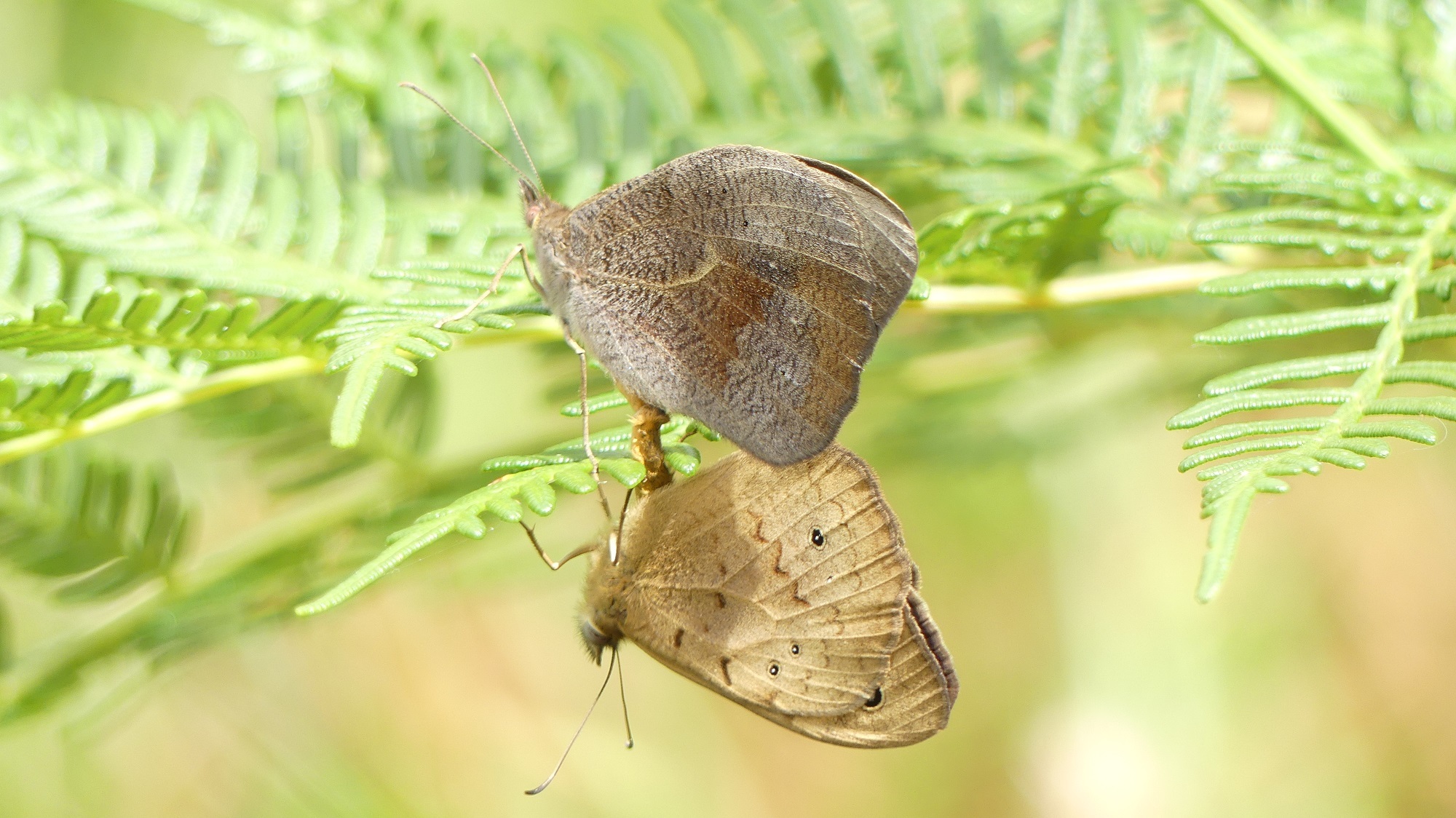
1. Common brown
The common brown (Heteronympha merope) is on the large size for a butterfly, with a wingspan – tip to tip – of more than 6 cm. This is, of course, still very tiny in the scheme of things.
Common browns generally start appearing in October and love to hang out on:
- kangaroo grass (Themeda triandra)
- coastal tussock grass (Poa poiformis var. poiformis)
- spear grasses (Austrostipa spp.)
- weeping rice-grass (Microlaena stipoides).
These are host plants for the species, which means they’re the type that they lay their eggs on, ready for the caterpillars to hatch on and chomp away at. With that in mind, you might want to be prepared to lose a few leaves to hungry caterpillars that will eventually turn into beautiful butterflies.
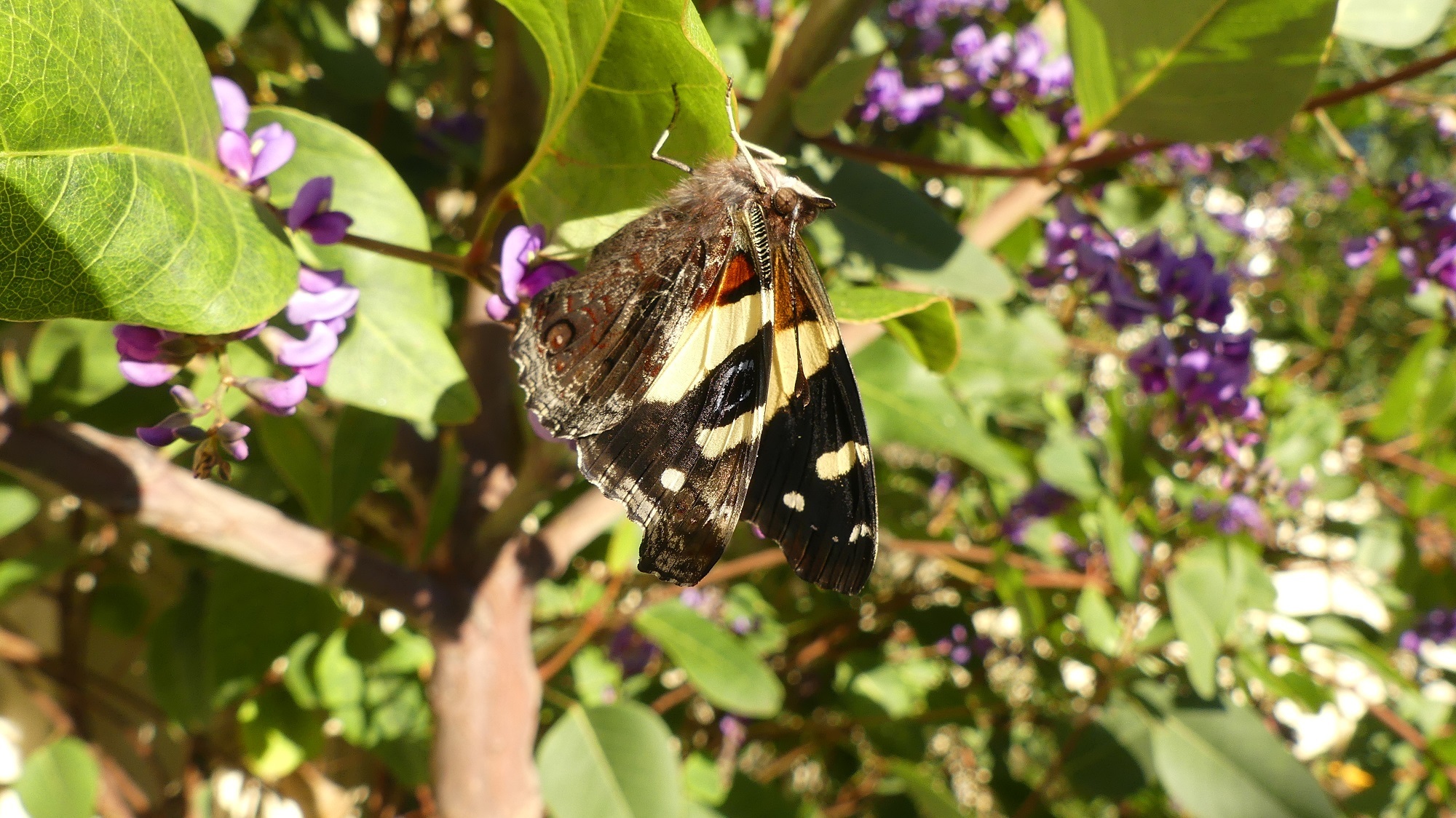
2. Australian admiral
The Australian admiral (Vanessa itea) is another large butterfly – of more than 6 cm – that can start to be seen in Adelaide from August. Your best chance of seeing one, however, is in September because that’s when the plant they lay their eggs on is in abundance.
It likes native nettle (Urtica incisa) as a host plant, but it’s also not above the weedy stinging nettle – so don’t feel too bad if you’ve let those go wild in your garden!
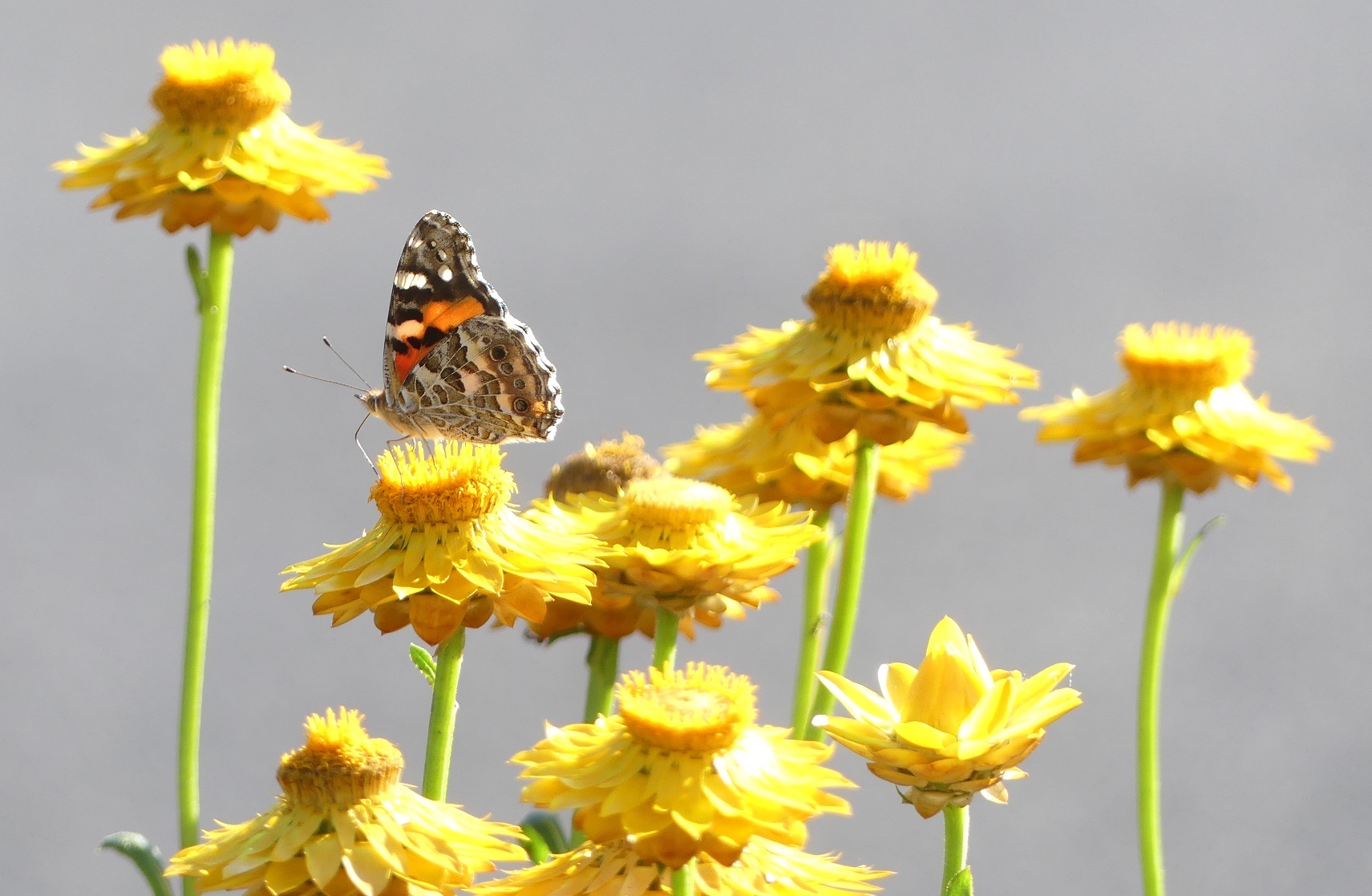
3. Australian painted lady
The Australian painted lady (Vanessa kershawi) is a stunning butterfly that can actually be spotted in Adelaide year-round. However, sightings tend to ramp up in spring and early summer.
Australian painted ladies love daisies, such as:
- common everlasting (Chrysocephalum apiculatum)
- satin everlasting (Helichrysum leucoposidium)
- golden everlasting (Xerochrysum bracteatum).
So keep an eye on these in your yard! Or maybe consider putting some in for next butterfly season – just watch the weather.
While you can plant native species any time of the year, when you plant them impacts how much TLC they’ll need.
For example, decide to plant in summer and you’ll need to be out there all the time making sure your plants don’t become crispy.
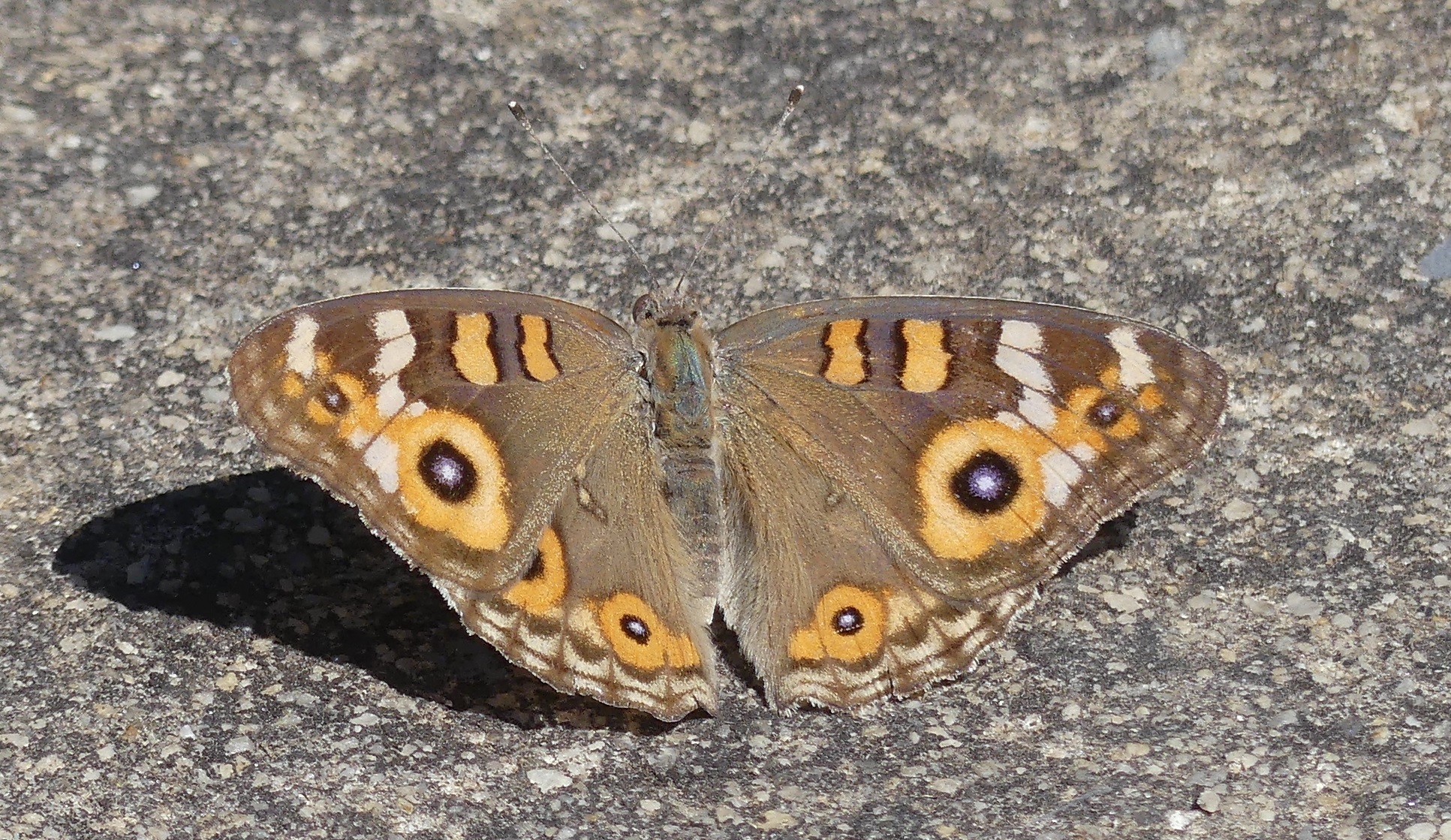
4. Meadow argus
The meadow argus (Junonia villida calybe) butterfly can be seen in Adelaide all year long but at a tiny 2.5 cm to 6 cm with its wings spread, like in the photo above, you may have trouble spotting it.
It loves pale fanflower (Scaevola albida) but don’t be surprised if you see them hanging around on introduced scabiosa, also known as pincushion flower.

5. Southern grass-dart
Keep an eye out for this tiny butterfly on any native – or even introduced – grass at your home during spring!
At 2.5 cm big, you’ll really have to pay attention to spot a southern grass-dart (Ocybadistes walkeri hypochlorous) but it’s probably worth double points if you’re playing butterfly bingo with our Adelaide species ID chart.
To help entice this one to your garden, plant kangaroo grass (Themeda triandra) or spear grasses (Austrostipa spp.).
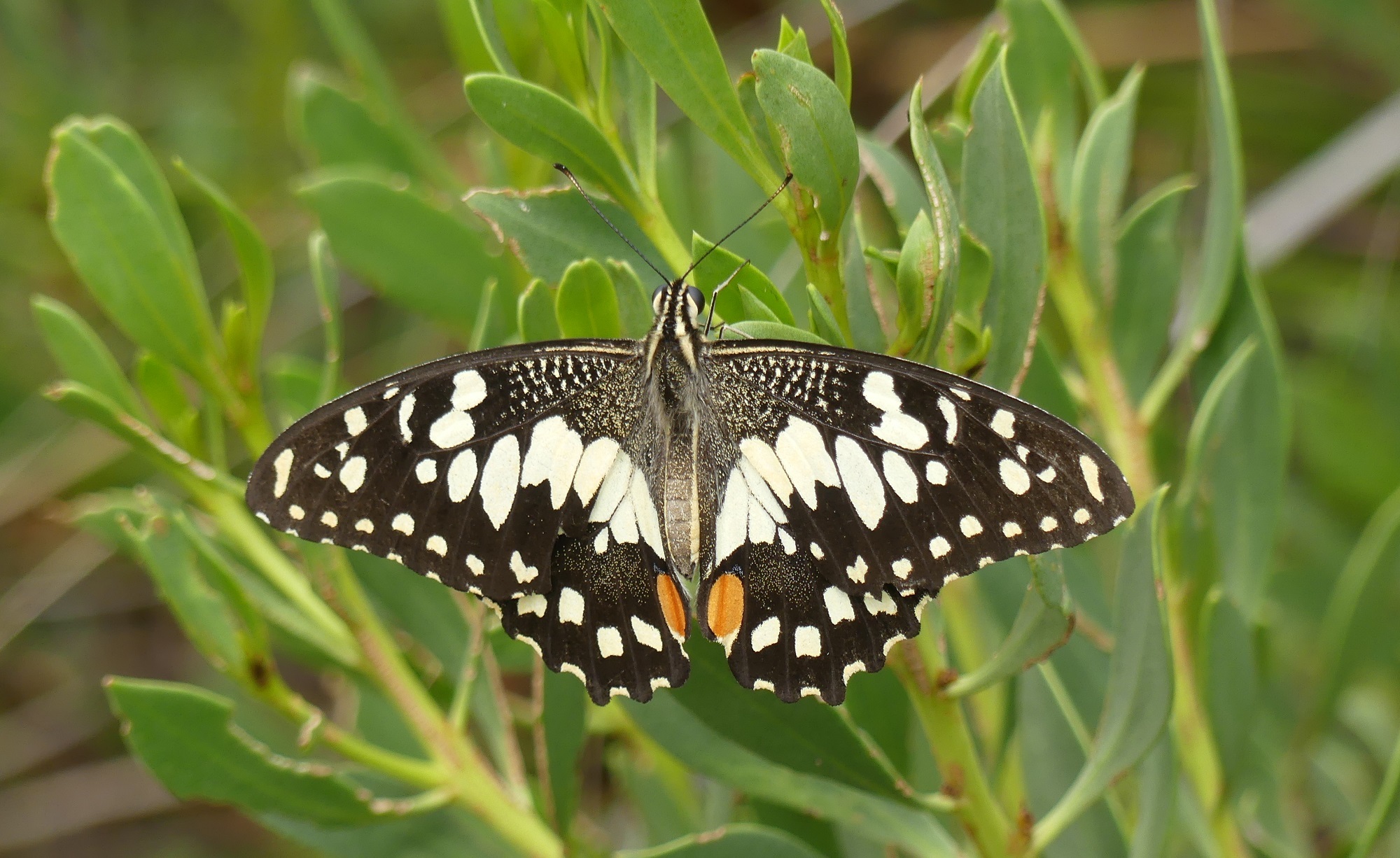
6. Chequered swallowtail
Chequered swallowtails (Papilio demolius) are another large butterfly of more than 6 cm wide. They visit Adelaide during their migration from the north of the state, looking for their food plant. Last year they were in abundance here!
They love native scurf-pea (Cullen australasicum), so if you’ve got this in your garden you might just be in luck with seeing one. With enough of this food plant available, they may actually stick around – so plant up!
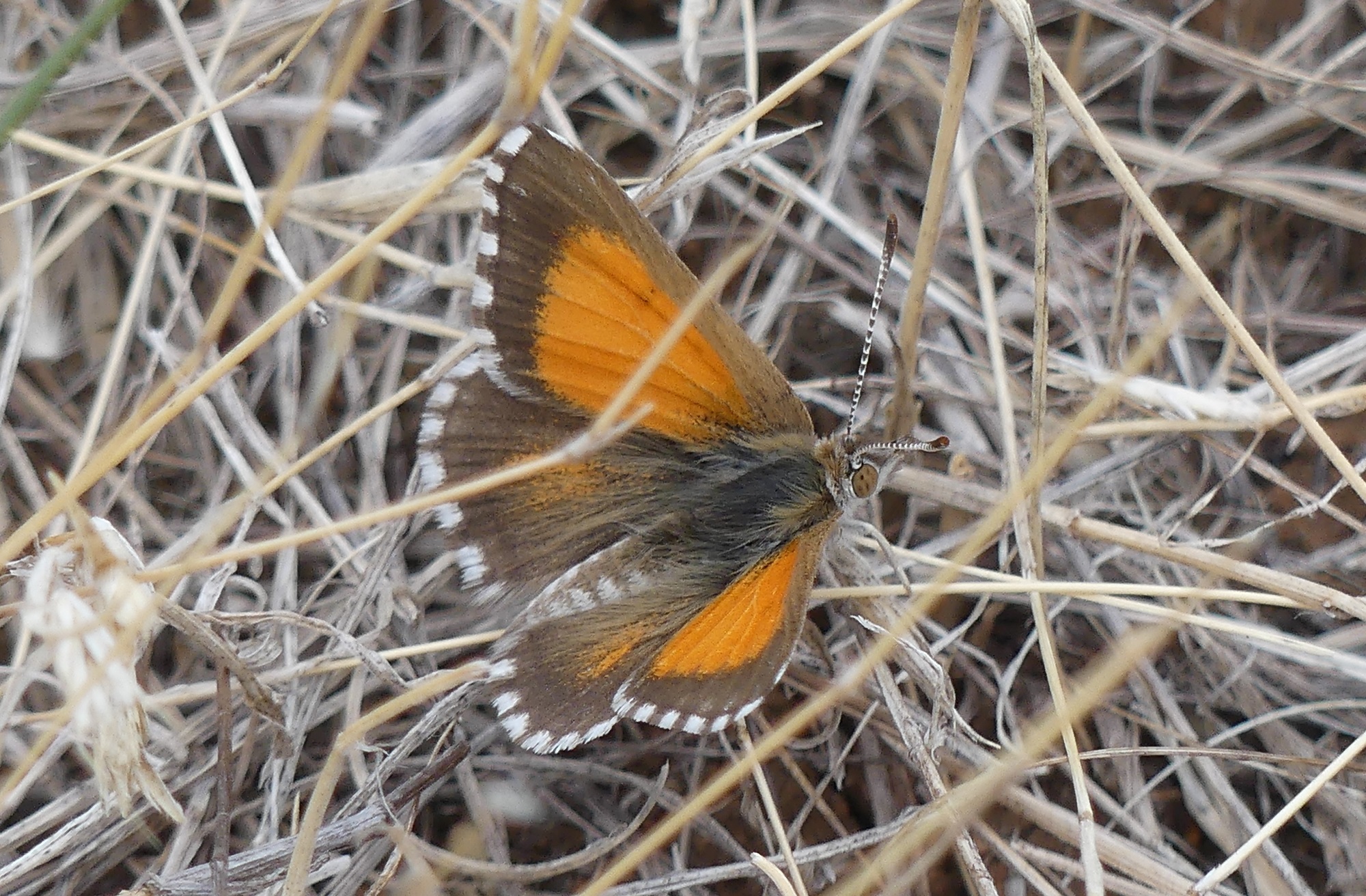
7. Chequered copper
The chequered copper (Lucia limbaria) butterfly is rare here in Adelaide.
Its host plant is native oxalis (Oxalis perennans), which looks a lot like weedy soursob.
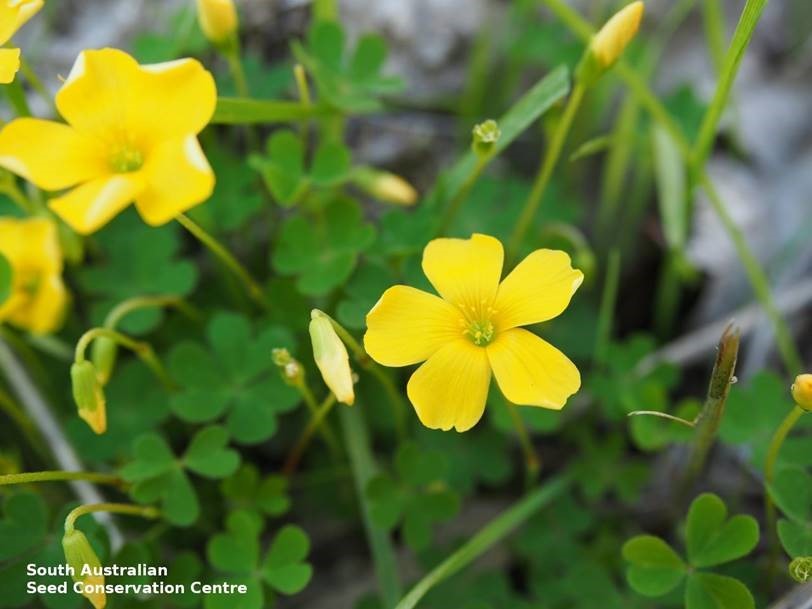
One way to help this butterfly – and maybe see it in your garden one day – is by checking closely whenever you’re removing what you think is weedy soursob, just in case it’s really native oxalis. The native is a much smaller plant with small yellow flowers.
Chequered coppers have a fascinating relationship with an ant species, where they are protected in exchange for sugary secretions.
What will these butterflies do in spring?
Did you know that butterflies don’t eat? They drink!
Springtime is when these butterflies will be flying around sipping nectar from flowers.
They’ll also be finding mates and laying eggs on caterpillar host plants – the ones the caterpillars eat.
Butterflies won’t lay their eggs on any old plant and expect their babies to source food themselves, so a lack of host plants can impact a whole butterfly population.
How can I make a butterfly garden?
There are simple steps you can take to make your garden butterfly friendly, such as using less chemicals and planting both host and nectar plants for caterpillars and butterflies.
For other gardening ideas, visit our online hub.